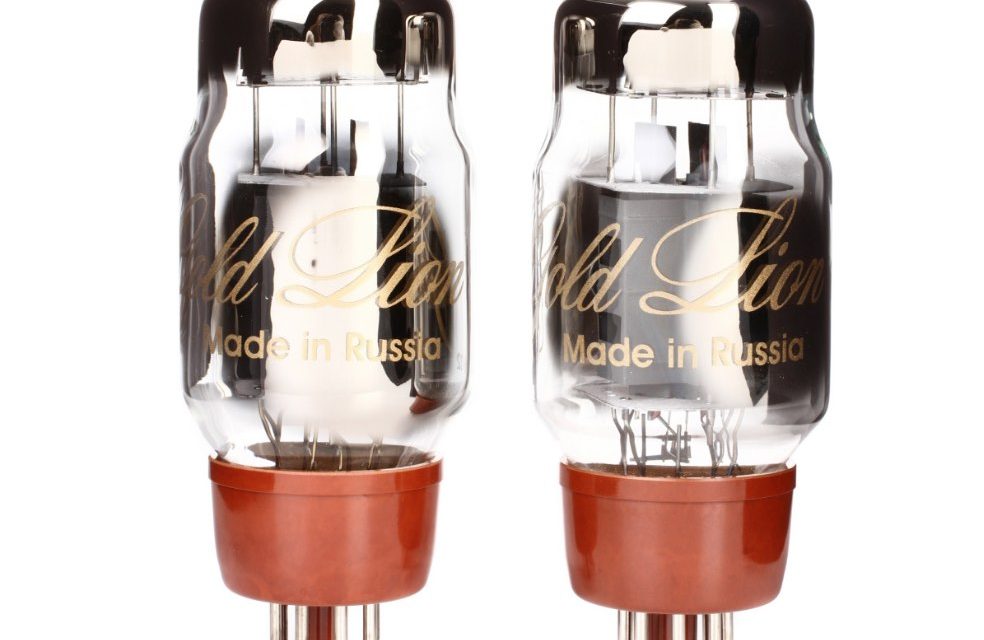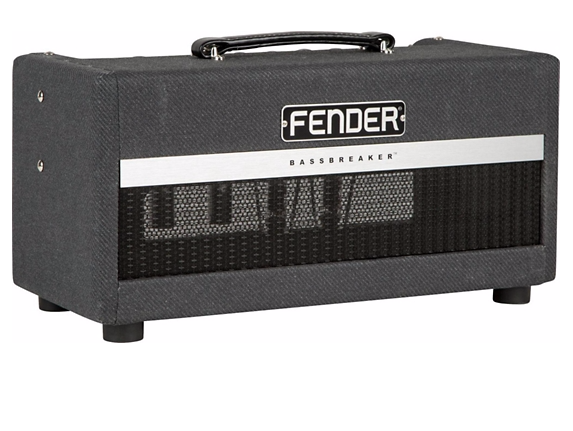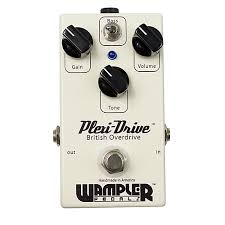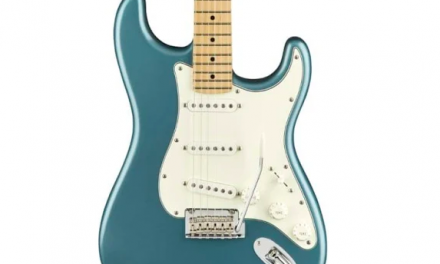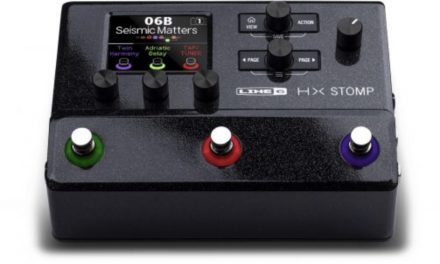I am a fan of amp modeling. I also hate it.
Let’s break this down. There are three general categories of amp usage, which are:
- Home Usage (Low volume)
- Recording Usage (Low to high volume)
- Live Performance Usage (High volume)
The best kind of amp is the one that best meets your needs. Let’s look at the 3 categories more closely and discuss modeling in each case.
Home Usage
The best kind of amp to use at home is something that can sound good at low volumes, and be easy to pick up and move around the house. For home use, digital modeling often wins. You can get an amp that models lots of different amps and effects, sounds good, and isn’t heavy, for a fairly small amount of money. If you’re willing to go used, and you should be willing, you can get a really good deal. Line 6, Marshall, Blackstar, and Fender all have inexpensive modeling amps that sound great at low volumes. I have a tiny Blackstar (ID Core 10) in my bedroom – I keep an Epiphone Les Paul next to it for when I want to pick up a guitar and play at low volumes. Digital modeling is a great choice for home use.
Watch out for amps that are designed primarily for live usage. I had a 40 watt Fender Hod Rod Deluxe 3, and while it sounded great in a live situation, it had way too much power for home usage. If I set the volume knob to 1 it was too soft, and if I set it to 2 it was too loud. In general, it doesn’t make sense to get a high watt tube amp if you’re only using it for home use.
Recording Usage
When we’re talking about recording, things can get a little trickier. I’m currently recording with a Marshall 15 watt tube head, a Peavey 20 watt tube head, and a Fender 15 watt tube combo. The better your amp and guitar, the better sounding the track will be. But I used a POD 2 on my first two CDs, and in the context of the recording, it sounds fine. In some cases it sounds great. If you compare inexpensive digital modeling and a good tube amp side by side when recording, the tube amp will sound better. But that doesn’t mean the digital can’t get the job done. If you plan on recording and you want an inexpensive modeling amp, get one that has some type of recording output interface. Sticking a mic in front of an inexpensive modeling amp will technically work, but you’ll get a much better sound with a direct out. Of course, if money is no option, you could buy a $2,000 Kemper or an expensive tube amp, but you’re reading this, so money is likely important.
Live Performance Usage
The general rule of thumb is that in order for an amp to work at high volumes, you need at least 15 watts (tube) or 30-50 watts (solid state/modeling.) Even if you are sticking a PA mic in front of your amp at a gig, you’ll still need enough stage volume to be heard.
And here’s where budget modeling amps fall on their face. None of the inexpensive modeling amps I’ve ever heard can match up well with real drums in a live setting. This is where you either want to go with tube amps, or really good solid state amps. A third alternative is the state of the art modeling technologies like the Kemper.
But what about the new range of modeling gear like the Line 6 Helix?
I remember when the POD 2 came out. People were talking about the POD 2 then the same way they’re talking about the Helix now. The simple fact is that digital modeling is tech based, and all tech becomes cheaper and better with time. I honestly believe that we will hit a point in time where the tech inside the $2,000 Kemper will be available inside a $200 Line 6 amp. I think we’re 5 years away from that right now, in 2018. So putting a grand down on a modeling technology that will be worth about $200 in 5 years may or may not be a good idea, depending on how important money is to you. On the other hand, tube amps haven’t been getting any better. A good tube amp now is a good tube amp 5 or 10 years from now. And even when the modeling gets good enough to replace tubes, guitarists are an old school collective by default. They still want Gibson and Fender guitars that use designs from the 50’s.
For that reason, I wouldn’t put $800 – $1400 down on the counter for any modeling tech right now. It’s going to get cheaper.
All of that said, I do think the best overall amp is something like a Fender Bassbreaker 15, or a Vox AC15, or similar amps. They don’t cost four figures, they sound good at home, in the studio, and at a gig, and they’ll retain their value and appeal 5 to 10 years from now. Tech always ends up obsolete. Which means it’s a great budget choice, but maybe not a great high end choice, unless you’re loaded or you’re making lots of money with music and need the best tools money can buy. I’d love to have a Kemper. Maybe I’ll pick one up ten years from now, for about $300.

